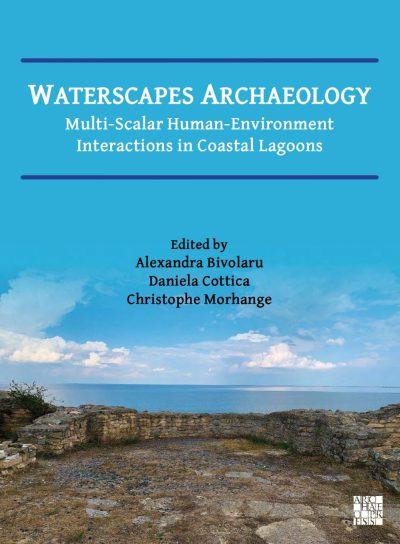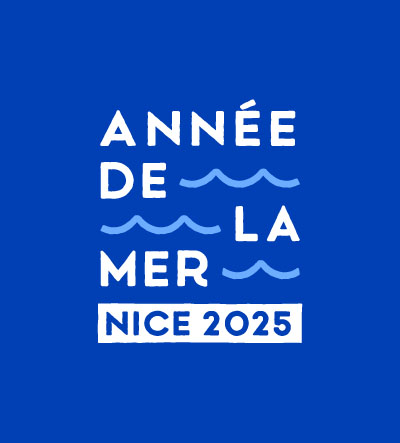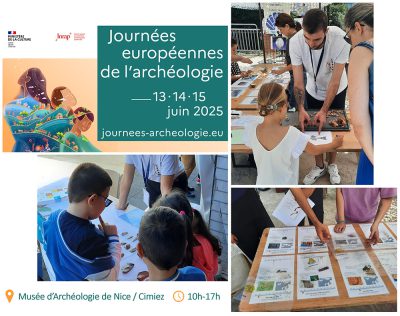Source : https://doi.org/10.1016/j.quascirev.2022.107458
Abstract
During the Maya early Anthropocene (2000 BCE – 1000 CE) in Mesoamerica, socio-environmental interactions contributed to the rise and decline of the ancient Maya civilisation. At the scale of the exploitation territories of the Maya cities, the temporal variations of hydrological and sedimentary dynamics in response to anthropogenic and climate drivers are still poorly known. This constrains diachronic analyses of socio-ecosystems and, more particularly, of water and soil resources in the hinterlands. This manuscript analyses and presents a regional comparison of the dynamics of one of the most transformed hydrosystems and morpho-sedimentary systems by the societies of the Southern Maya Lowlands (SMLs), during the second half of the Holocene. It focuses on the lake basin of the polje named El Infierno bajo and its watershed, which was the main water storage area for the Maya city of Naachtun – a large regional capital between 150 and 950 CE –, and which contains many remains of hydraulic and agrarian structures. This integrated palaeolimnological, geoarchaeological and hydrological approach, based on the analyses of morpho-sedimentary archives, LiDAR altimetry data and hydrological data, resulted in the construction of hydro-sedimentary baselines (pre- syn- and post-ancient Maya anthropogenic impacts). Currently, the intermittent lake (civale) of this bajo responds to strong seasonal and interannual hydrological variabilities, under climate control. During the past 5500 years, hydro-sedimentary fluctuations were marked by the alternation of seven main hydrological periods (HP), characterised by high and low lake levels (alternately perennial, intermittent and dry lake) and six main erosion and sediment transfer periods (ESTP), marked by strong and low alluvial and colluvial detrital inputs in the lowlands. Anthropogenic and climate forcings have independently or jointly controlled the hydrologic and sedimentary budgets of the lake basin. Lithofacies, depositional processes, accumulation rates and drivers of the anthropogenic detrital inputs – the so-called “Maya clays” –, are analysed and quantified from ∼1500 BCE to ∼1150 CE. It thus reveals one of the longest periods of occupation and exploitation of natural resources of the SMLs, for over 2500 years during the Preclassic, Classic and Post-classic Maya periods. The hydro-sedimentary dynamics in the bajos of the SMLs Elevated Interior Region (EIR), such as El Infierno, enabled the long-term exploitation of water and soil resources for agrarian purposes, thanks to the construction of hydraulic and agrarian palimpsest landscapes shaped by the socio-ecosystems.




